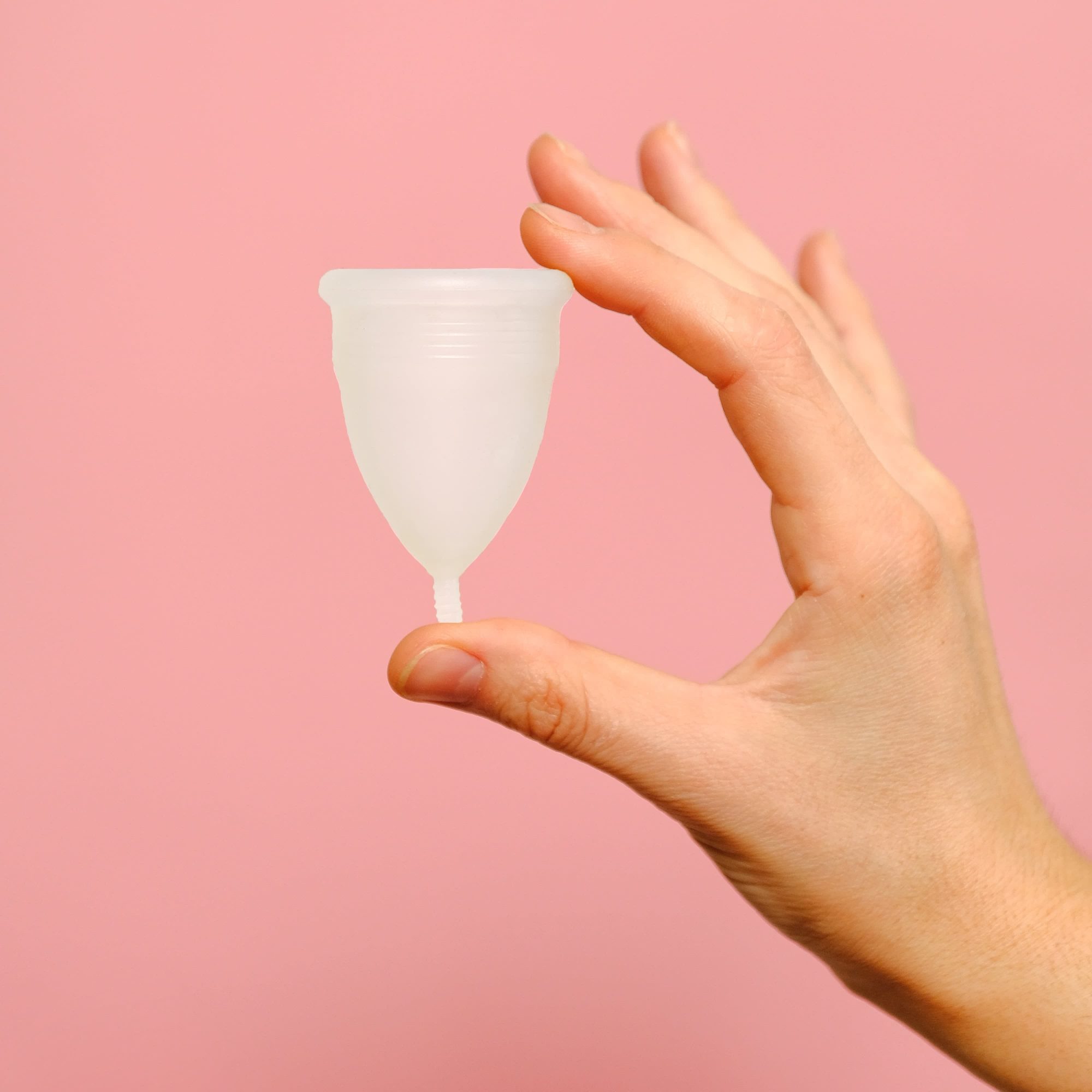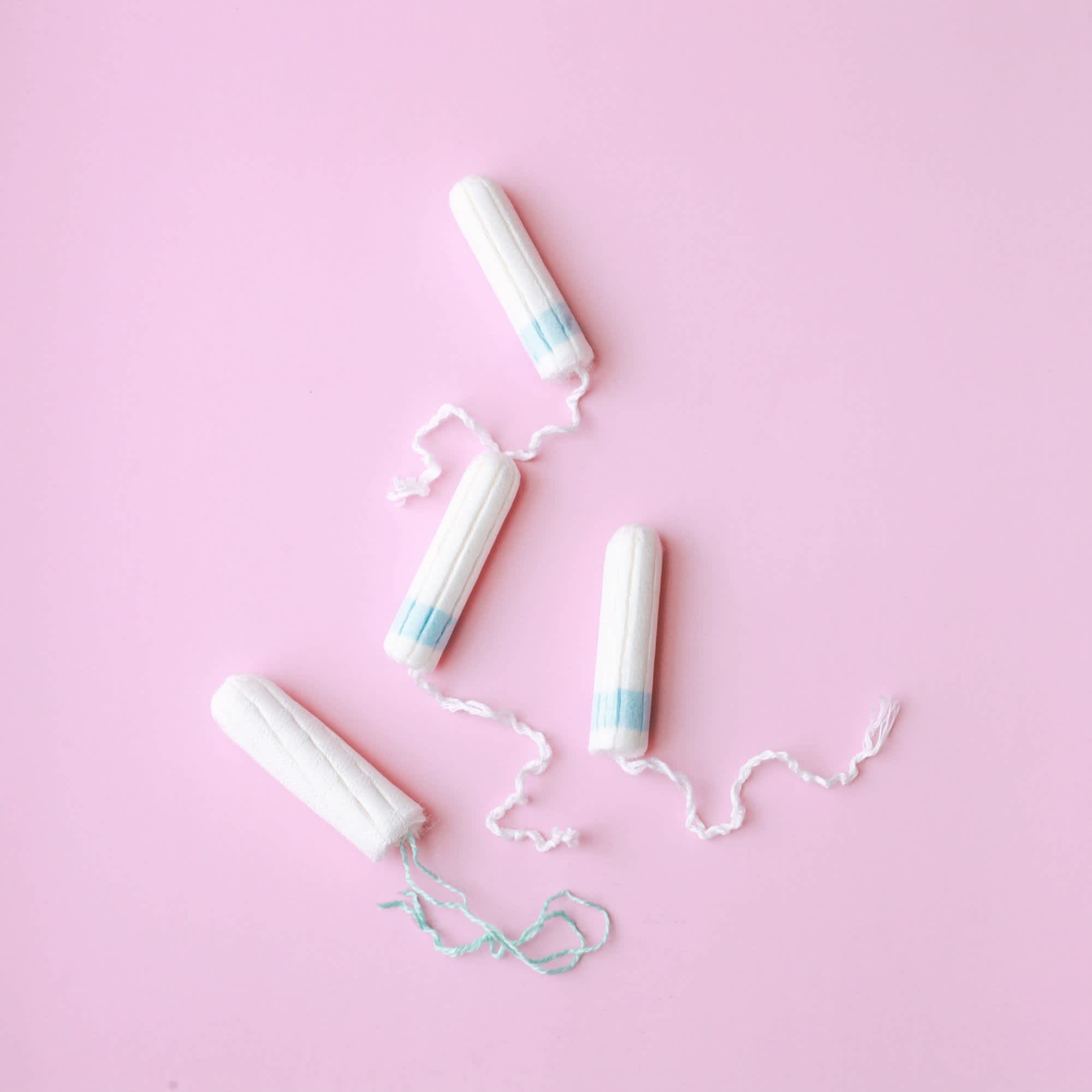
- POPSUGAR Australia
- Fitness
- 4 Essential Tips For Using a Menstrual Cup, According to an Ob-Gyn
4 Essential Tips For Using a Menstrual Cup, According to an Ob-Gyn

When you’ve only ever used tampons and pads during your period, the idea of tossing them to the side and switching to a menstrual cup is understandably a little scary. There’s always the fear of using it incorrectly and having to deal with unexpected leaks, or needing to empty it when you’re not in the comfort of your own bathroom. Still, the eco-friendly, cost-saving perks of menstrual cups are hard to ignore, and you’ll never know if it’s the right menstrual product for you until you give it a go.
So, to help you better understand the dos and don’ts of using a menstrual cup, we reached out to Lucky Sekhon, MD, a fertility specialist and board-certified ob-gyn, for advice and need-to-know facts.
Ask Your Ob-Gyn About Menstrual Cup Sizing
If you’ve never used a menstrual cup before, you might not know your size off the top of your head. Yes, one-size-fits-all options do exist, but many brands sell menstrual cups in different sizes based on a few factors.
When choosing your size, you’ll want to keep your cervix height in consideration. To figure out how high your cervix is, Dr. Sekhon said you can examine yourself using your fingers or ask your ob-gyn during an appointment. If your cervix is low, Dr. Sekhon said you might need a shorter cup, while someone with a high cervix might need a longer cup to aid in insertion and removal.
Just like tampon absorbency, your flow should influence your menstrual cup choice. For example, Dr. Sekhon explained that if you have a heavy period, “you will want a larger cup that will be able to contain more bleeding.” Regular leaks might be a sign you’re not wearing the correct size.
As you’ll see on menstrual cup sizing guides, whether or not you’ve given birth vaginally will also come into play. Dr. Sekhon said that’s because vaginal delivery can “lead to an increased laxity of the vagina wall,” therefore potentially leading to the need for menstrual cups shaped in a specific way in order to stay in place.
Overall, your menstrual cup shouldn’t hurt or feel uncomfortable. “If you are aware of the cup after giving it a little time (five to 10 minutes) to ‘settle in,’ then it may be too large or not positioned correctly or high enough,” Dr. Sekhon said.
If you have any doubts or concerns, always check in with your doctor for advice.
Change and Clean It Properly
While it’s generally recommended to wear one tampon for no more than eight hours, Dr. Sekhon said that menstrual cups can be worn for up to 12 hours at a time. However, if your flow is heavier, you might need to change it more frequently in order to prevent leaks. You should also double-check and see what your specific menstrual cup manufacturer recommends, in the event that it is less than 12 hours.
“When it is removed and emptied, it should be cleaned with soap and water,” Dr. Sekhon explained. “After each menses, the cup should be sterilized and stored away for future use.”
You don’t want to skimp on the sterilization either. According to Dr. Sekhon, not cleaning your menstrual cup regularly could lead to harboring bacteria and a risk of infection. “Although it is rare, toxic shock syndrome and allergies from a foreign body are possible with both tampon and menstrual cup use.”
Keep IUDs in Mind
The good news: yes, those with IUDs can use menstrual cups – though it’s a good idea to check in with your doctor first.
IUD users should be aware of a particular caveat. According to Dr. Sekhon, menstrual cups could “slightly increase the risk of dislodging the IUD as the cup may cause tugging on the IUD strings on insertion or removal.”
Remember These Insertion Tips
Your hands always should be clean before putting in your menstrual cup. Many brands also recommend sterilizing the cup before using it for the first time.
Many menstrual cup brands have very thorough and detailed directions and how-to videos when it comes to putting one in. However Dr. Sekhon said using a lubricant or wetting the cup can ease insertion, too.
You might not get it on the first shot, so if it’s leaking or if it doesn’t feel right, Dr. Sekhon recommended calmly readjusting the position of the cup and trying again.
“You can confirm proper placement by feeling the rim of the cup all the way around, to ensure it is oriented properly. If it is a continued issue, you may need to increase the size of the cup.”


